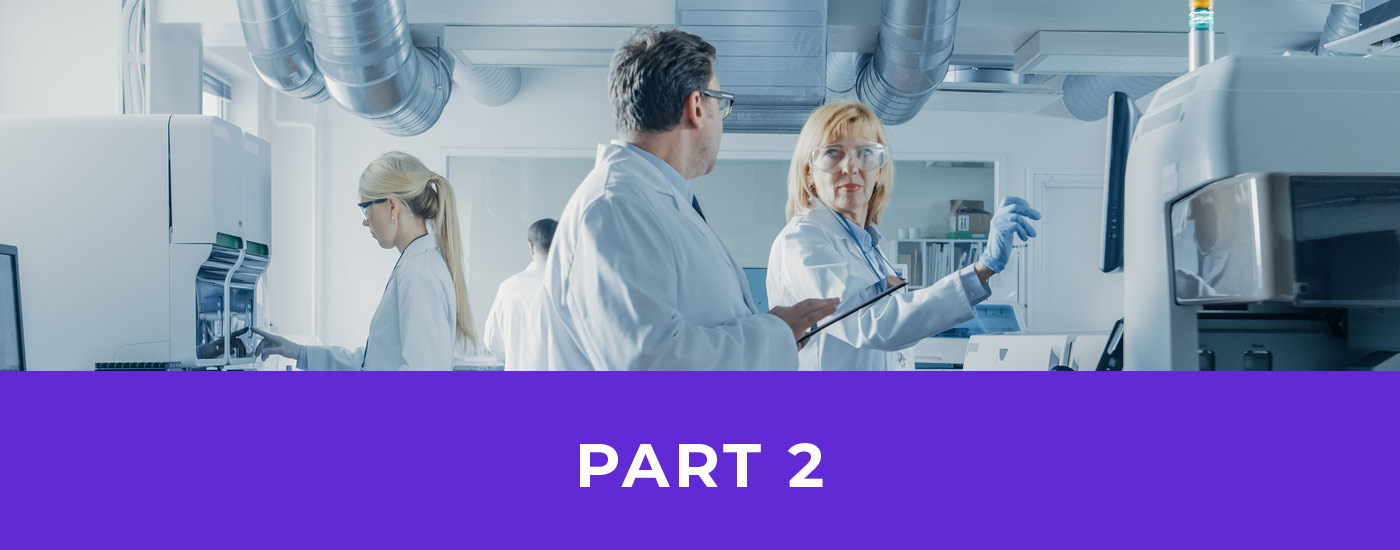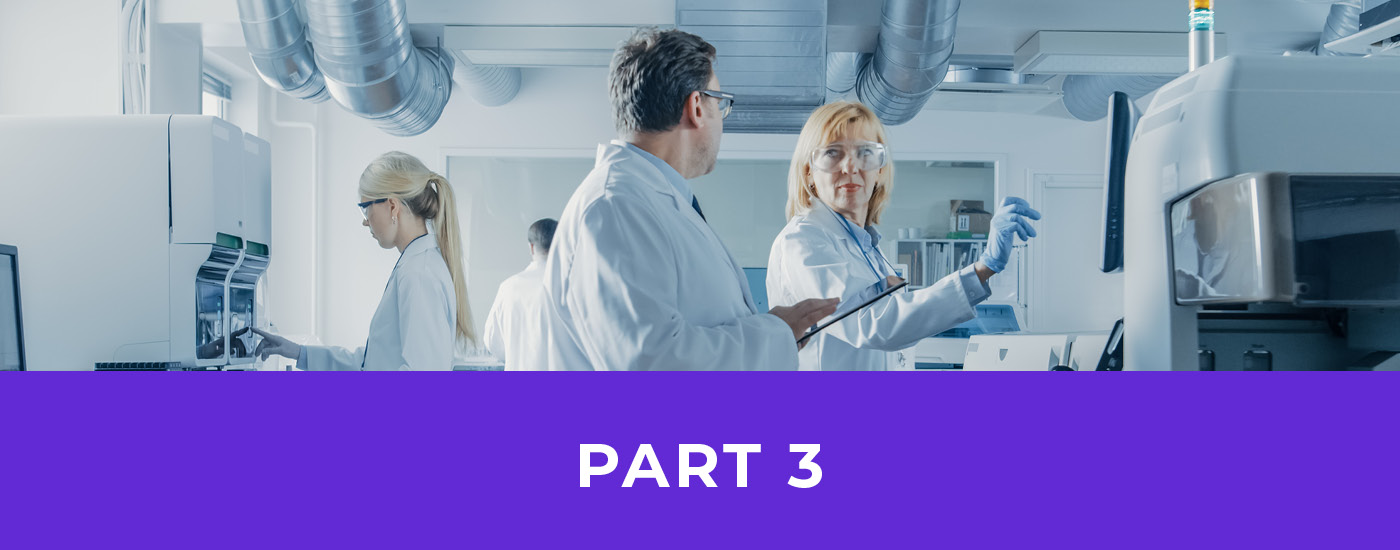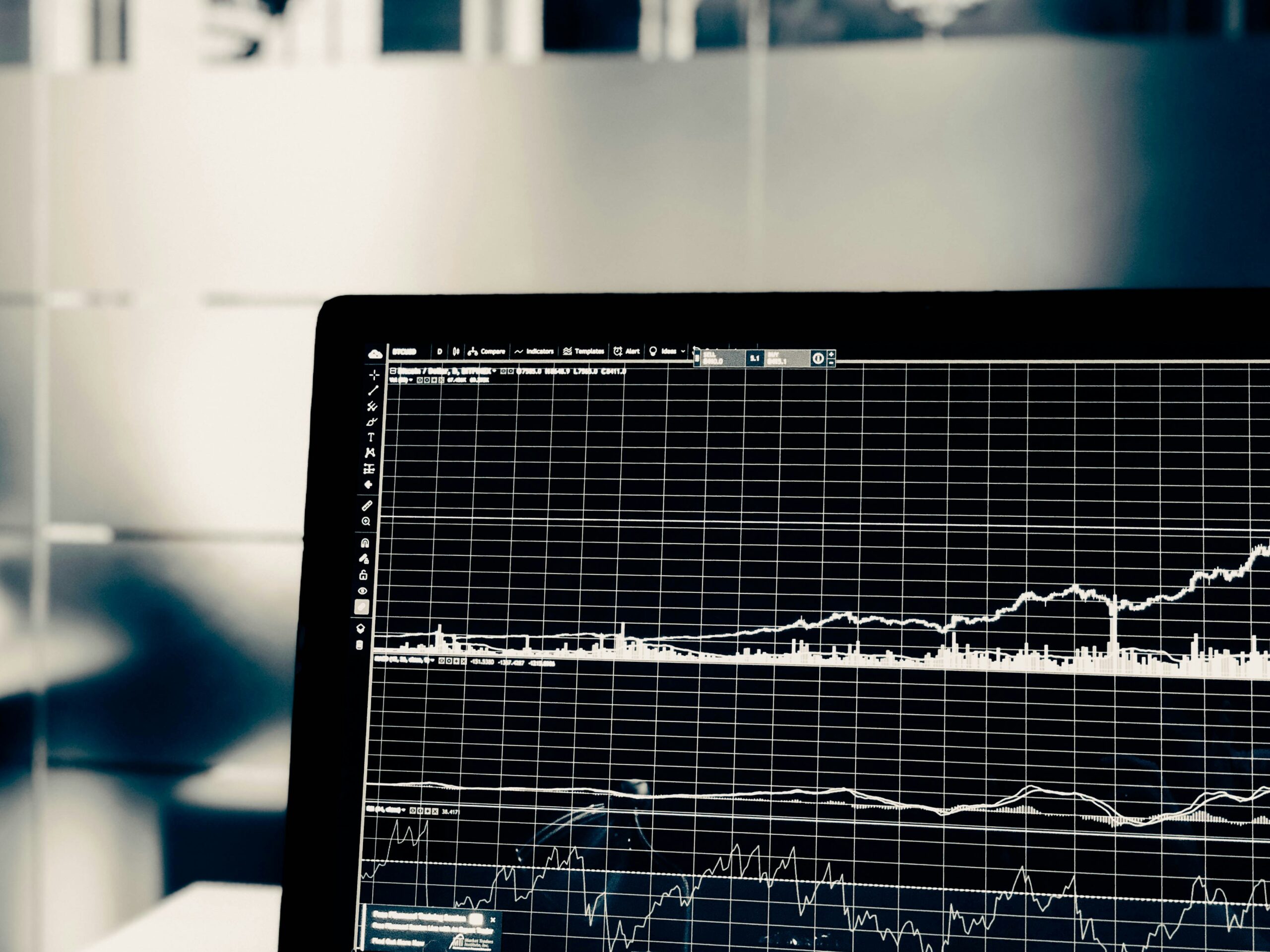- Blog
Five Ways to Reduce Risks in Lab Operations
Transforming Reliability in High-Stakes Lab Environments
Precision. Data integrity. Quality. In competitive life sciences labs, these attributes directly impact research continuity, regulatory compliance, funding, and ultimately human outcomes. Lab managers bear the weighty responsibility of ensuring experiments are performed both accurately and efficiently. Yet rising complexity from interdependent equipment, stringent protocols, and vulnerability to environmental fluctuations provides a fertile landscape for disruptions. When reliability falters in delicate procedures, the costs can manifest in delays tallying $15,000 per hour or more, infraction of strict regulatory codes, and even threats to patient safety in translational research.
While many labs uphold rigorous standards, the pressure to avoid the slightest defect is unrelenting. But what if human oversight alone cannot safeguard such a multidimensional ecosystem buzzing with intricate processes? Emerging now at the convergence of real-time data and virtual modeling is a solution set to provide lab managers and quality teams an unparalleled advantage.
Enter digital twins – dynamic virtual replicas of physical assets and processes that empower real-time visibility, tracking, and predictive insights about associated equipment or workflows. Digital twins function as precise mirrors of these entities, collecting billions of ongoing data observations to monitor performance. Leveraging analytics, embedded machine learning models can even forecast possibilities of future failures or inefficiencies, enabling proactive risk mitigation.
Although the notion of digital twins has circulated in industrial spheres for years, their application specifically in life sciences marks a profound and unprecedented opportunity. In a domain where marginal errors hold monumental importance, digital twins may illuminate a path for labs to manage intricate operations, assure quality standards, avert disruptions, and redefine the limits of what operational reliability means.
In this 4-part blog series, we will explore why digital twins constitute the next frontier for not only managing risks but also optimizing productivity. We’ll discuss the pressing reliability challenges labs contend with and how virtual replication provides a multidimensional remedy. With profiles of pioneering implementation and real-world use results, you’ll see firsthand examples of driving scientific progress through digital transformation.
Want to learn more how Hopara can help you?





